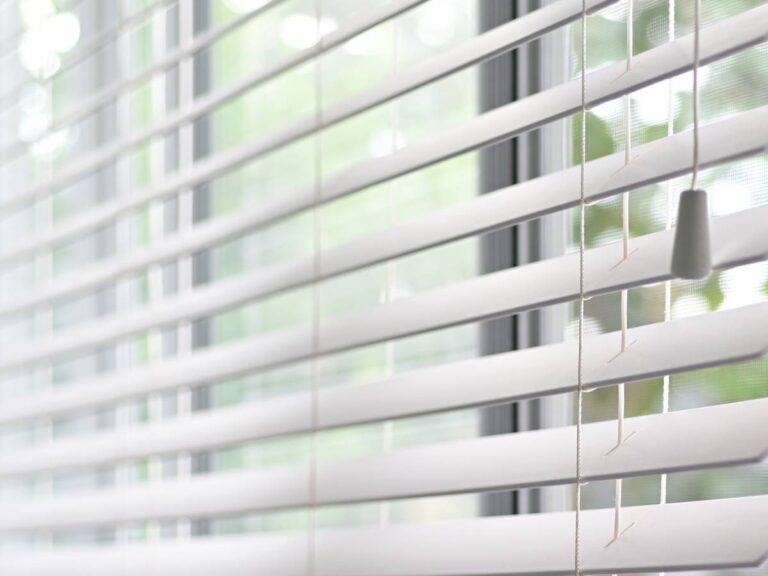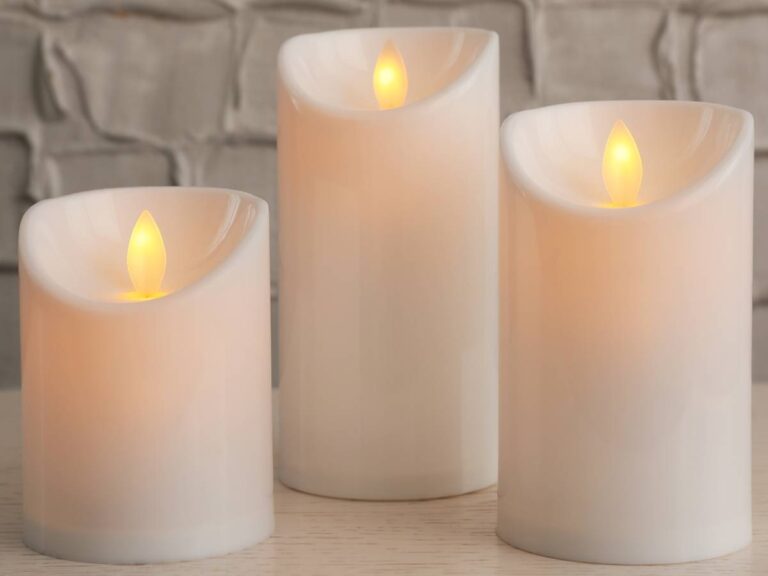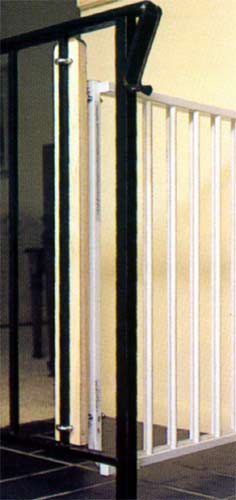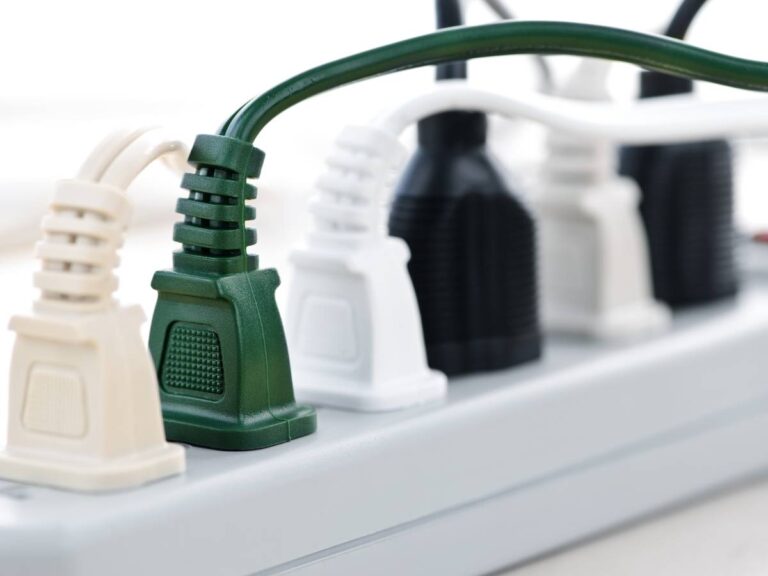Fave! Lead Test Kits Make it Easy to Prevent Lead Exposure
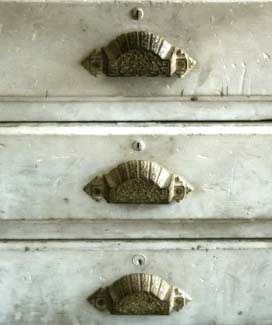
Lead-contaminated children’s products topped news stories in recent years, and for good reason. Lead exposure can have a very profound and long-term negative affect on children’s health.
While the lax manufacturing of some toys has been well publicized lately, a more common everyday source of lead exposure — environmental lead — actually deserves more attention. Now before panic ensues, we’re talking about the possible presence of lead in homes and on furniture produced/painted prior to 1978, when lead paints and lead household plumbing pipes and solder was banned in the US. But there is a potential danger of lead exposure in older homes that’s especially worth noting if you’re considering updates or remodeling — which can create lead dust if older paints are present.
It’s estimated that between 50 to 60 million homes built prior to 1978 may contain lead in the form of paint, and even more may have dangerous levels of lead present in tap water due to lead-based plumbing pipes and solder. Luckily for parents, there are many resources available to test for and prevent household lead contamination.
Lead Test Kits – A First Step to Prevention
If you suspect that your home may contain lead paint or other lead hazards, easy-to-use, inexpensive lead test kits are a quick way to determine if you need to take action – especially if you are planning renovations. Lead test kits for paint, water and household items are available online and at home improvement stores. If in doubt, these kits can give you peace of mind — or let you know a problem exists so you can take steps to protect your family.
So Why the Worry? Lead is a Powerful Toxin
Once absorbed by the body through inhalation or ingestion, lead can interfere with the function and development of organs, including red blood cells, kidneys, and the central nervous system and brain. At high levels, lead can cause convulsions and even death. At low levels, lead is identified with developmental problems, including lower IQ, learning disabilities, and attention deficit disorder.
Most children are exposed to lead in the home through lead-contaminated household dust created as lead paint wears, breaks down, and becomes airborne. Poisoning also occurs during home renovations that create lead-contaminated dust and debris, and through drinking water or contact with furnishings containing lead-based paint or finishes.
Where to Look? Identifying, Reducing and Eliminating Lead Dangers in the Home
Lead-based paint is the leading culprit in household lead poisoning. Paint containing lead is extremely durable and was used in many homes and apartments until 1978, particularly on walls, windowsills, doorway frames, and woodwork — indoors and out. Surfaces in good condition, with no flaking or chalking evident, can be sealed using special lead-isolating paints, such as ChildGuard by Fiberlock Technologies (www.fiberlock.com), but cracked, chalky or peeling paint requires careful removal, usually by a professional.
Older painted furniture, newer imports, and recycled pieces with the popular “distressed” look also can pose health risks, especially for very young children who may be pulling up and “mouthing” the surfaces. And of course, older cribs should always be tested (though few meet today’s stringent safety standards – best to avoid!). If lead is present, the piece should be removed from the home, carefully refinished or sealed with a urethane topcoat to isolate the lead surface. Even if the paint is in good condition, with no chalking or flaking evident, it’s best to remove, refinish or seal the piece if accessible by small children.
Imported home decorating accents such as metal containers, pottery, and even some decorative kitchen accents may have lead-based finishes. Keep any suspect items out of the reach of small children, and don’t serve food in imported decorative pottery or metal ware unless marked food-safe.
Lead-contaminated tap water is another major cause of lead exposure, especially in newer homes. Lead plumbing pipes and solder were not banned until 1988, and lead can leach into a home’s water, but this too can be tested and exposure minimized. If you suspect that your home’s water may contain lead, always run the cold water tap for a minute or two before using water for drinking or cooking — this flushes any water standing in the pipes. And never consume or cook with water from the hot water tap as it can dissolve and carry trace amounts of lead.

